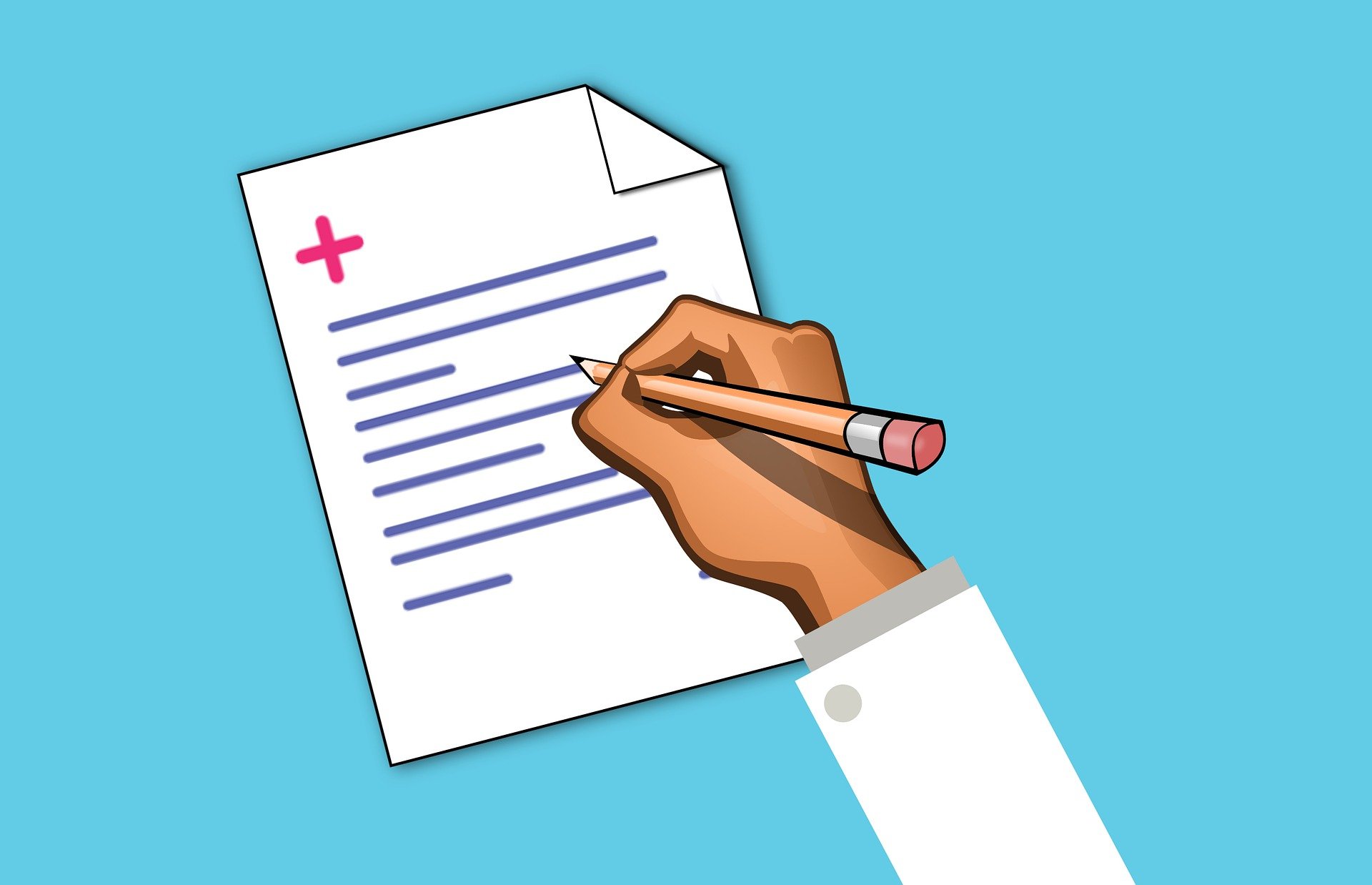Dr Anil Kumar has worked as a Consultant Physician and Geriatrician at County Hospital in Stafford since January 2013. He obtained his MBBS and MD in India before coming to the UK. He tweets @DrAnilSinha.
Writing is a form of communication. Hence, from a very young age onwards, there is an emphasis on having good handwriting. We are taught how to write capital letters, lowercase letters and then how to join them up, beautifying them and making them legible. As more and more people use computers to do their work, even from a very young age, writing by hand has become less a feature of how we communicate. However, the beauty of neat, especially calligraphic, handwriting is very satisfying, pleasing to the eye and drawing attentive appreciation.
It is generally accepted that doctors’ handwriting is not good. And this has its own implications, in terms of communication and, for those who work in healthcare, safety. By my own admission, my handwriting is bad. However, when I am on the post take, and under stress for time management, my handwriting goes from bad to worse and it can be a struggle for others to read it. I am aware of this. I recall that once a junior doctor came to ask me what I had written, and I struggled to read my own handwriting! It was the most embarrassing moment of that day for me. It did not stop there – on another occasion a ward sister raised a DATIX (incident form) about my handwriting as the nurses were not able to read my advice for the patient. How bad could this be! It had to be investigated by the clinical director.
In our hospital, we are still using the traditional case notes to record our ward rounds, and unlike other hospitals, we still do not have electronic prescribing. That means, I still have to write a few things; however junior doctors kindly come to my rescue. I am hoping that we become digital soon so that I do not have to face similar embarrassment in the future.
It is another observation that those junior doctors whose handwriting is always a good sign with their GMC number and then stamp too – all very legible. In contrast, those whose handwriting is a struggle, might not write their full signature or utilise the stamp and it is always very difficult to identify them once they have rotated to other departments or other hospitals.
Good and legible handwriting is an asset as it is a vital means of communication. I give an induction to junior doctors and do not forget to mention the importance of legible handwriting, which is very important for patients’ safety. I actively keep trying to make my handwriting legible and use double spacing which is more aesthetic and readable. Fingers crossed – I have not had any further complaints about my handwriting since the change in the tack. Doctors should write their full signature, designation, GMC number and also use the stamp.
What we write becomes part of the legal document and should always be easily readable!
